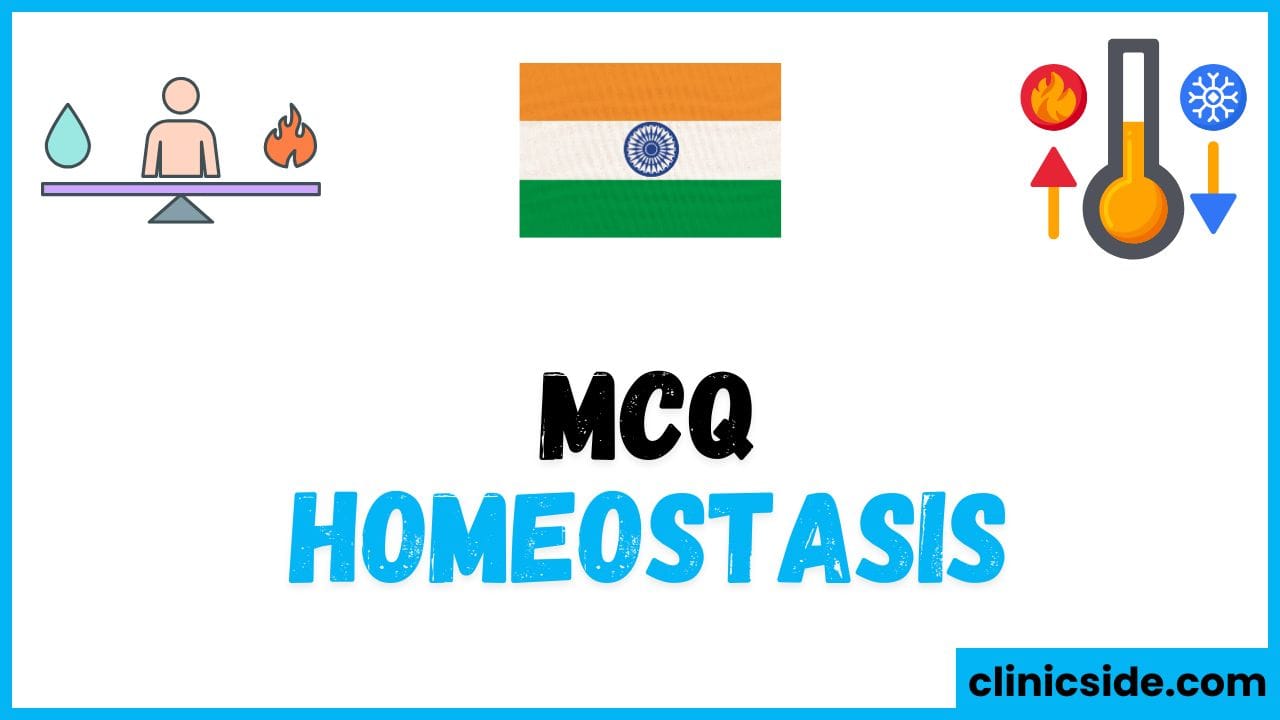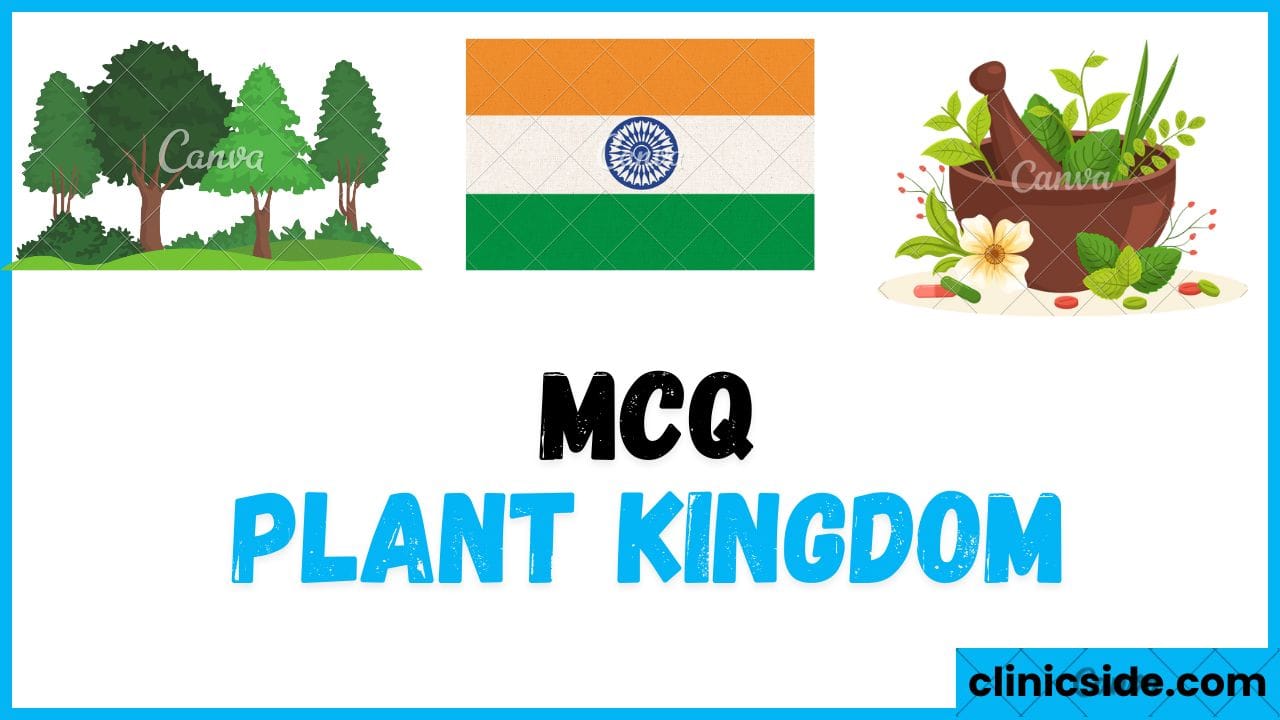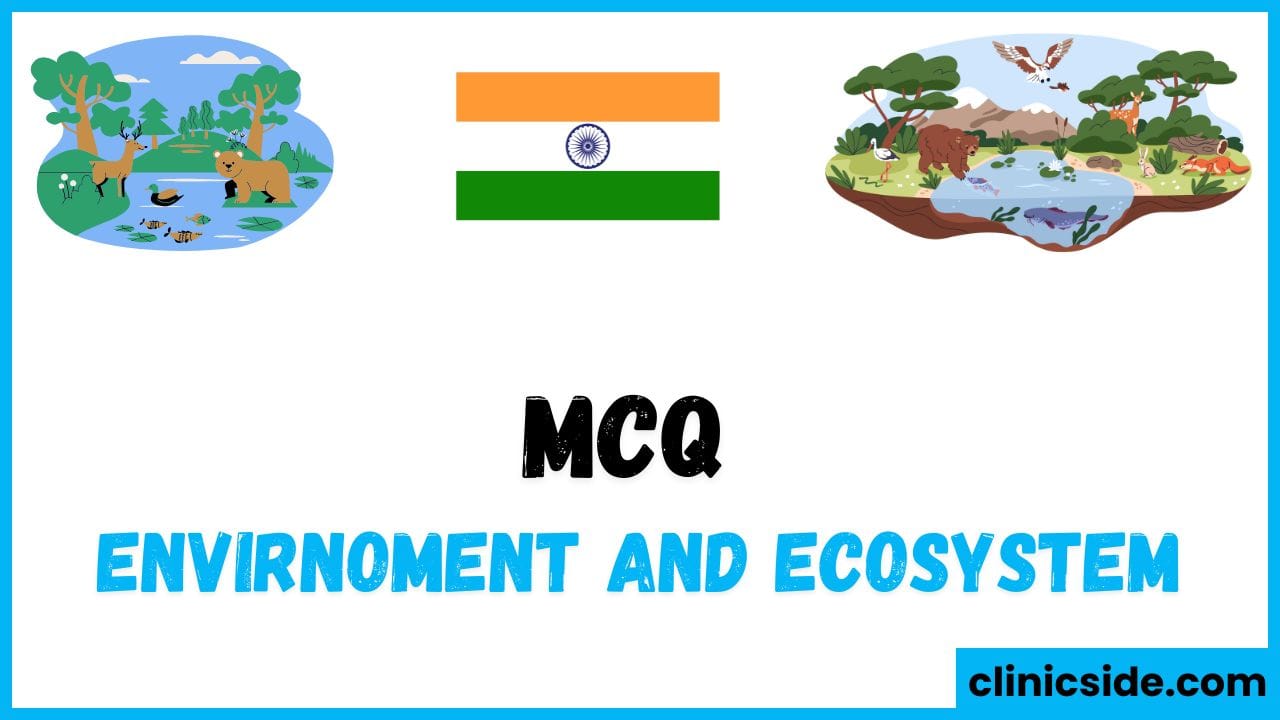1. Introduction to Biotechnology
- Focus and Applications: Biotechnology combines biology and technology, utilizing living organisms and cellular components to develop products and technologies that improve human life. Students will understand how biotechnology spans healthcare, agriculture, and environmental sectors.
- Historical Background: Briefly addresses the origins of biotechnology, from ancient fermentation practices to modern genetic engineering, helping students appreciate the field’s evolution and significance.
2. Branches of Biotechnology
- Core Areas: Covers key branches like genetic engineering, tissue culture, bioinformatics, and environmental biotechnology.
- Specializations in Biotechnology: Students learn about the different areas of biotechnology, such as red biotechnology (medicine), green biotechnology (agriculture), white biotechnology (industrial), and blue biotechnology (marine), each with distinct applications and benefits.
3. Genetic Engineering: Tools and Techniques
- Restriction Enzymes: An introduction to enzymes that cut DNA at specific sequences, allowing for precise genetic manipulation, a fundamental tool in genetic engineering.
- CRISPR-Cas9: Covers the revolutionary CRISPR-Cas9 technology for gene editing, which allows scientists to modify DNA sequences quickly and accurately.
- Polymerase Chain Reaction (PCR): Details the PCR technique used to amplify DNA, enabling scientists to create millions of DNA copies from a small sample.
- Gene Therapy: Explains how gene therapy is used to treat genetic disorders by inserting, modifying, or replacing genes within an individual’s cells.
4. Agricultural Biotechnology
- Genetically Modified (GM) Crops: Discusses the development of crops like Bt cotton and Golden Rice that have been modified to be pest-resistant or nutritionally enhanced, showcasing biotechnology’s role in improving food security.
- Biofortification: Examines the use of biotechnology to increase the nutritional value of crops, as in the case of Golden Rice, which is enriched with beta-carotene to combat vitamin A deficiency.
- Pest and Herbicide Resistance: Outlines how genetic modification can make crops resistant to pests or herbicides, leading to reduced pesticide use and higher crop yields.
5. Environmental Biotechnology
- Bioremediation: Focuses on the process of using microbes and plants to detoxify and restore polluted environments. This includes applications in cleaning oil spills, heavy metal contamination, and industrial waste.
- Biosensors: Introduction to biotechnology tools like biosensors that detect pollutants and monitor environmental changes, helping in the management of ecosystem health.
- Biodegradable Plastics: Discusses the development of eco-friendly, biodegradable plastics as a solution to plastic pollution, underscoring biotechnology’s role in sustainability.
6. Medical Biotechnology
- Recombinant DNA Technology: Describes how DNA from different sources can be combined to produce valuable medicines, such as human insulin, which is produced using bacteria.
- Vaccines and Antibodies: Highlights the production of vaccines and monoclonal antibodies through biotechnology, contributing to disease prevention and treatment.
- Genetic Disease Treatment: Covers the use of biotechnology in diagnosing, managing, and potentially curing genetic disorders through techniques like gene therapy and genome editing.
7. Bioinformatics
- Data Analysis and Computational Biology: Bioinformatics combines biology with data science, allowing for the analysis and interpretation of large biological datasets, such as DNA sequences.
- Genomics and Proteomics: Introduces students to genomics (study of genomes) and proteomics (study of proteins), crucial fields that have advanced our understanding of complex diseases, drug development, and personalized medicine.
8. Key Regulatory Bodies in India
- Genetic Engineering Approval Committee (GEAC): Details the role of the GEAC, the regulatory authority responsible for approving genetically modified organisms and ensuring the safe use of biotechnology in agriculture.
- Food Safety and Standards Authority of India (FSSAI): Provides an overview of FSSAI’s role in regulating biotechnology applications in food, ensuring GM foods are safe for consumption.
- Indian Council of Agricultural Research (ICAR): ICAR’s contributions to agricultural biotechnology, focusing on research, development, and promotion of biotech solutions in farming and food production.
9. Ethical, Social, and Environmental Implications of Biotechnology
- GM Crop Controversies: Discusses the ethical debates surrounding genetically modified crops, including concerns about biodiversity loss, farmer dependency, and potential health risks.
- Biotechnology and Biodiversity: Explores how biotechnology can both positively and negatively impact biodiversity, depending on its application and regulation.
- Bioethics and Public Policy: Introduces students to the concept of bioethics, discussing ethical issues in genetic modification, cloning, and the potential for misuse of biotechnology.
Summary
Each topic is crafted to deepen understanding and emphasize biotechnology’s role in solving real-world challenges, with attention to ethical and regulatory frameworks, particularly relevant to India. This structured, multi-topic approach offers students a comprehensive understanding of biotechnology fundamentals, setting a strong foundation for further studies or exam preparation.





